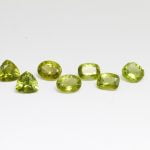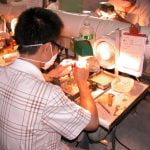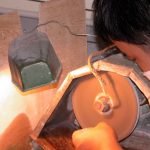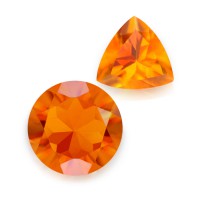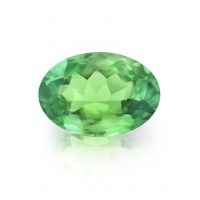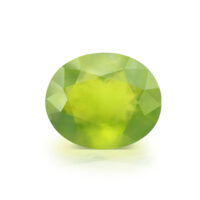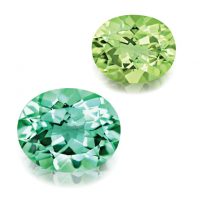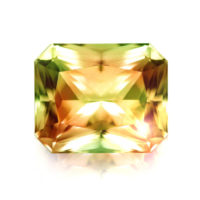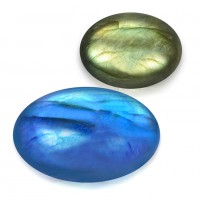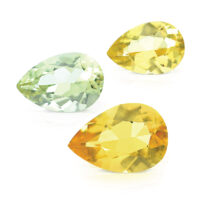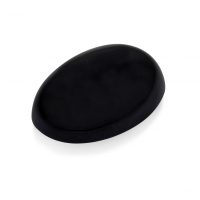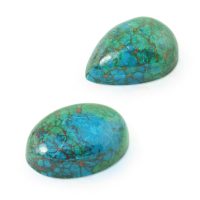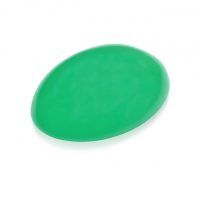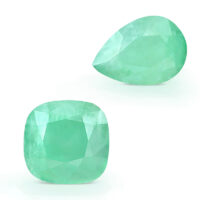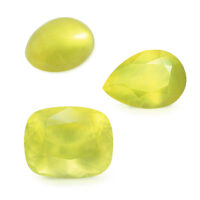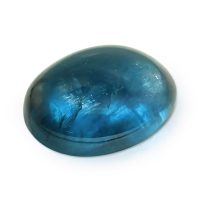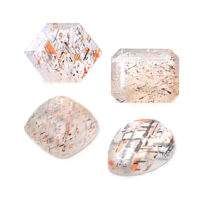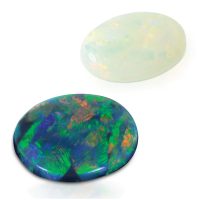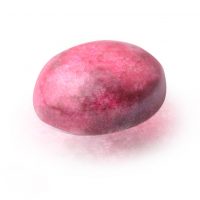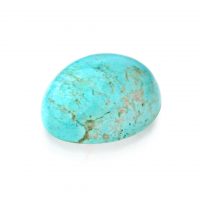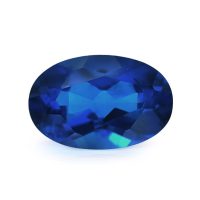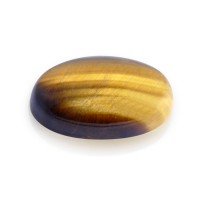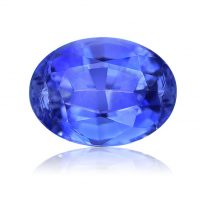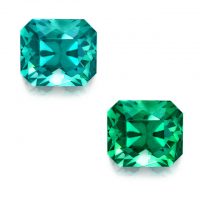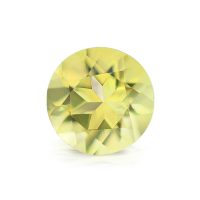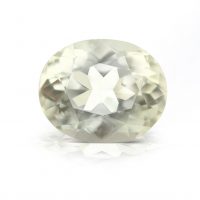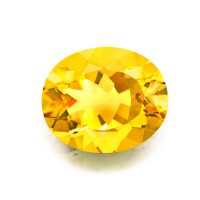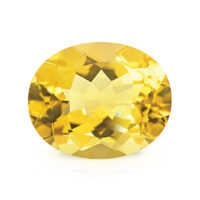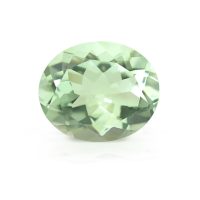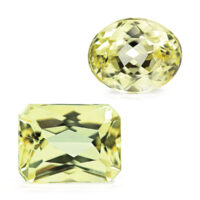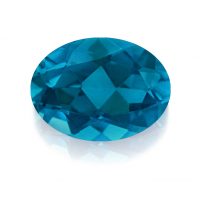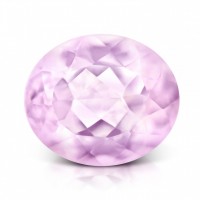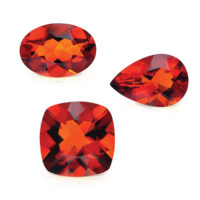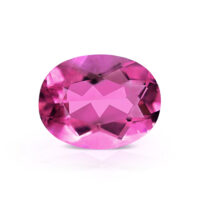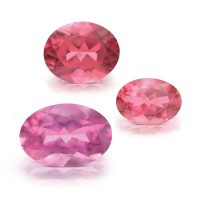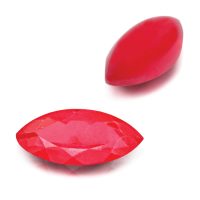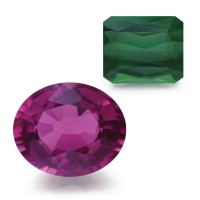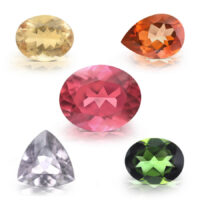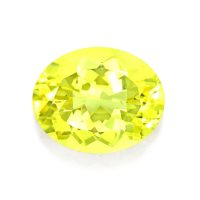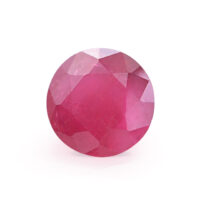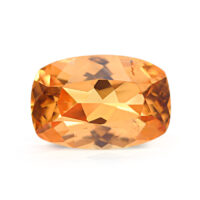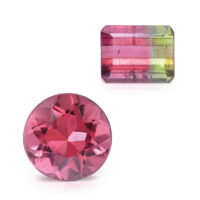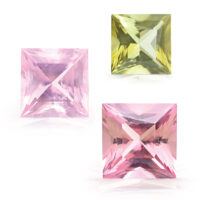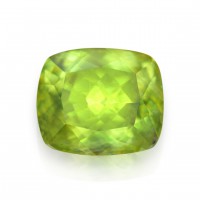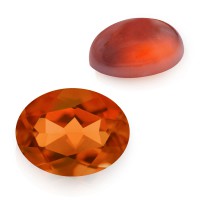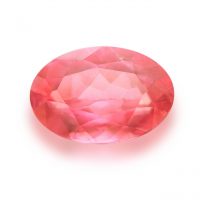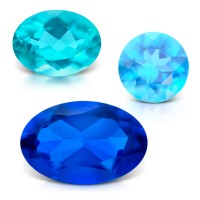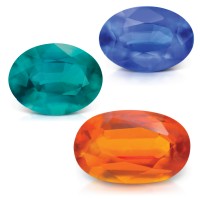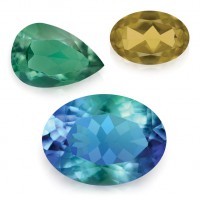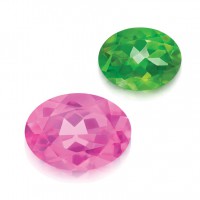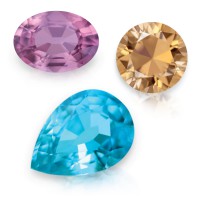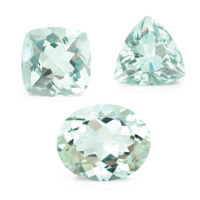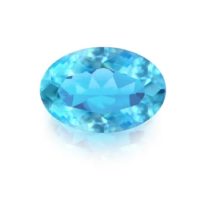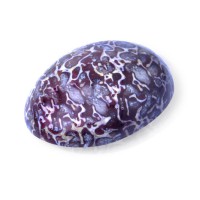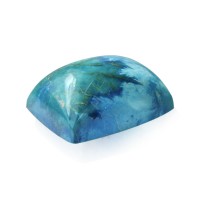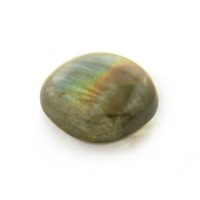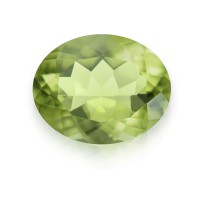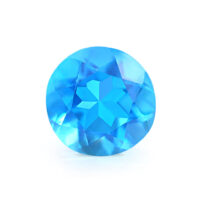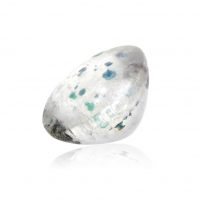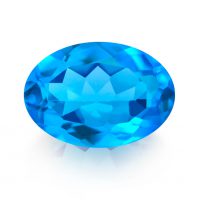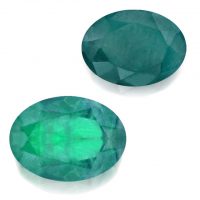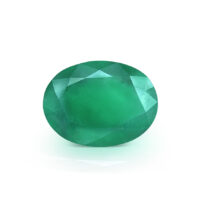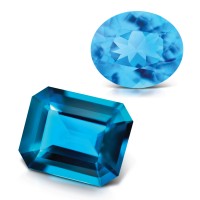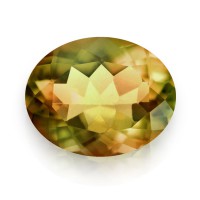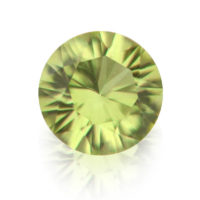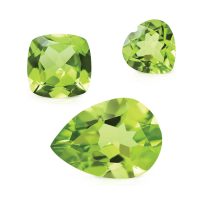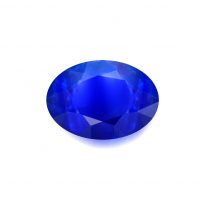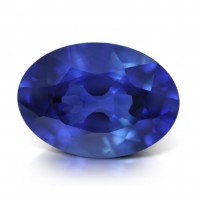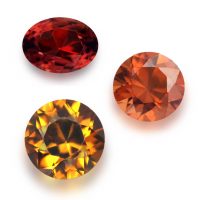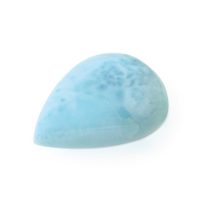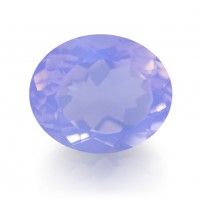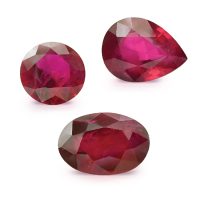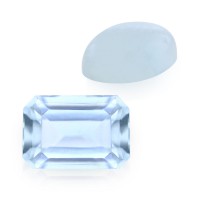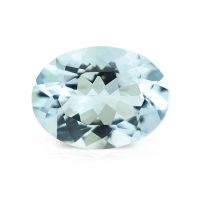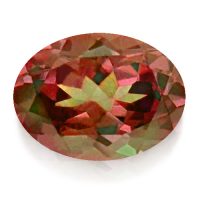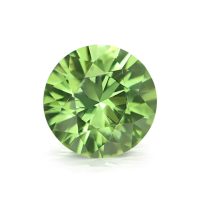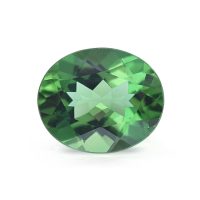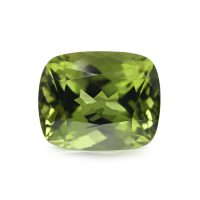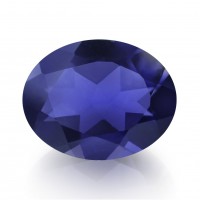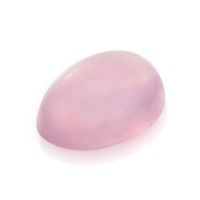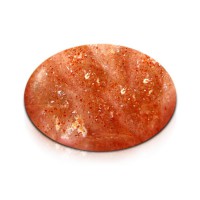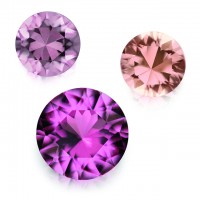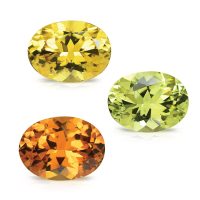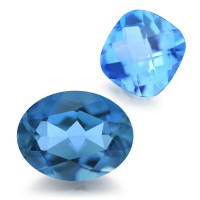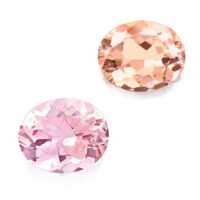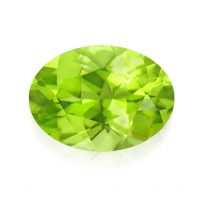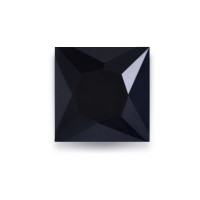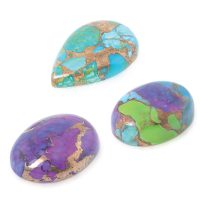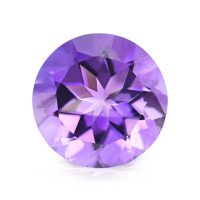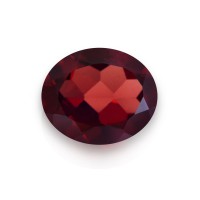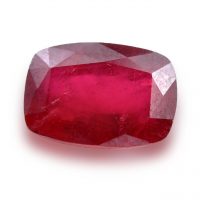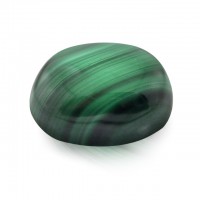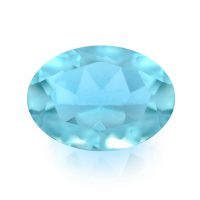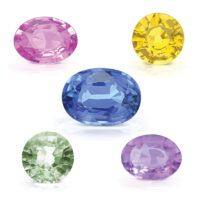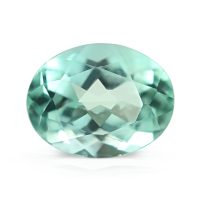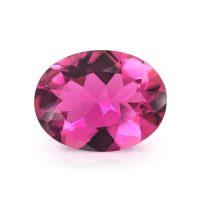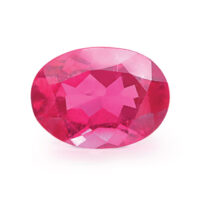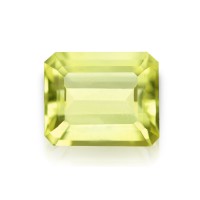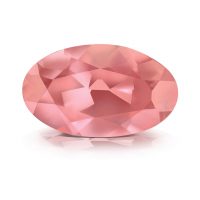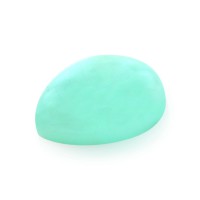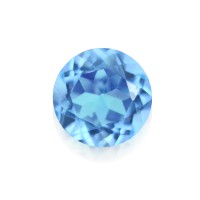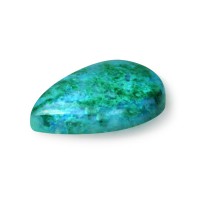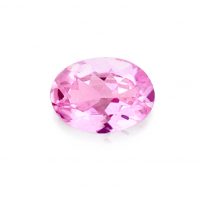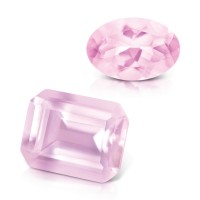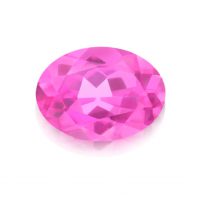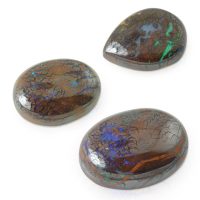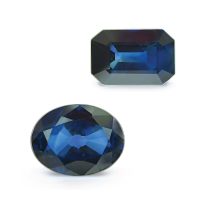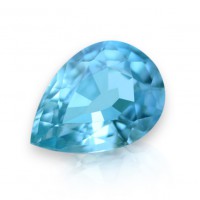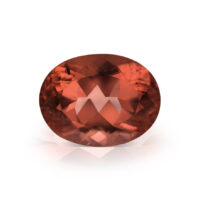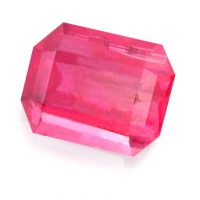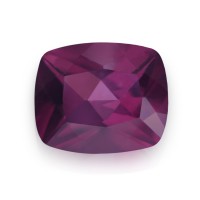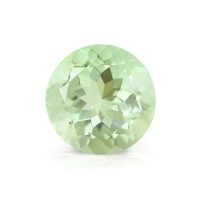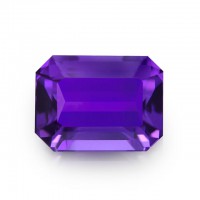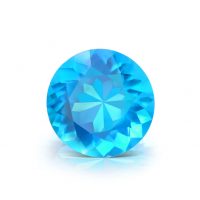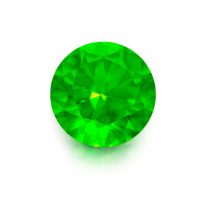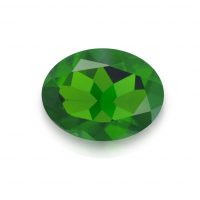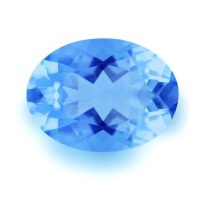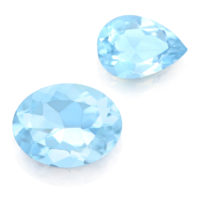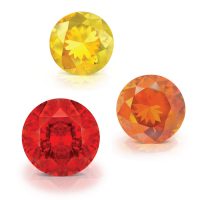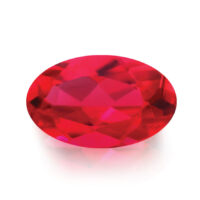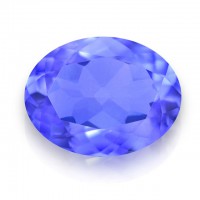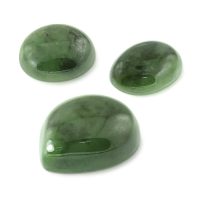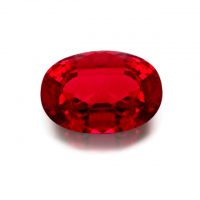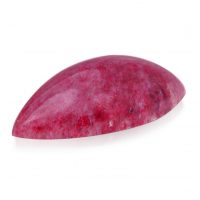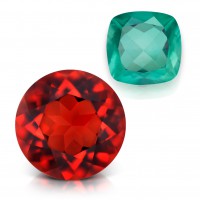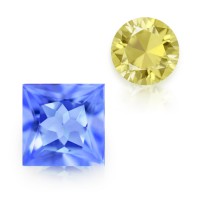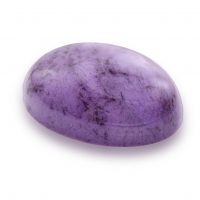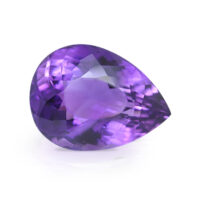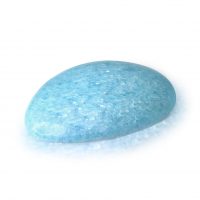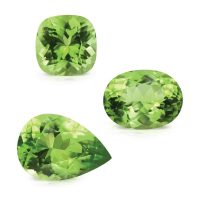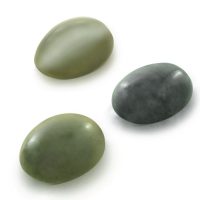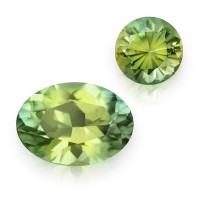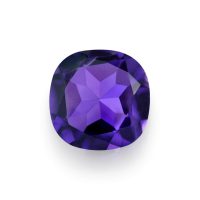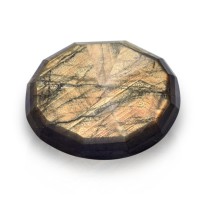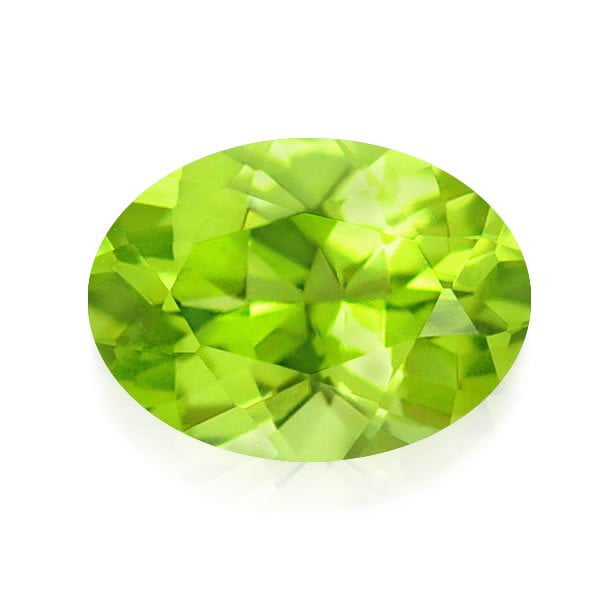

Mesa Verde Peridot hails from Arizona’s San Carlos Apache Reservation and are coveted for the deep saturation of their attractive bright grass greens, fine quality, and rarity. Mesa Verde Peridot’s name is derived from its geological deposit ‘Peridot Mesa’, and ‘Verde’, green in color.
Hardness 6.5 - 7
Refractive Index 1.650 – 1.703
Relative Density 3.28 – 3.48
Enhancement None
Beauty
Incredibly beautiful, Mesa Verde Peridot is a perfect blend of this variety’s signature bright grass greens and golden highlights. Peridot has an attractive ‘sleepy’ appearance with a shining glow, which is why Peridot was mined at night during antiquity. In fact, Mesa Verde Peridot looks good in all lighting. This is not only due to its yellowish green color (a little bit of yellow enhances a pure green, balancing its color in incandescent light), but also because of how Peridot splits and bends light. Peridot is strongly doubly refractive, which means light splits into two rays as it passes through the gem. Like Zircon, this is visible as a beautiful doubling of the facets. Optimal lapidary accentuates the innate brilliance of Mesa Verde Peridot and it is finished eye-clean, the highest quality clarity grade for colored gemstones as determined by the world’s leading gemological laboratories, with an attractive shape and overall appearance (finish, outline, profile, and proportions). Peridot is typically faceted using a mixed cut (brilliant and step cut combined). The brilliant cut helps Peridot’s dispersion and scintillation (sparkle ort ‘play of light’), while the step cut helps weight retention and color. Notoriously difficult to polish, a fine polish condition is a key quality consideration for Peridot.
Although she probably mistook them for Emerald, Peridot was a favorite gemstone of Cleopatra and praised by ancient Egyptians as a ‘Gem of the Sun’. Peridot was also known as the ‘Evening Emerald’ by Romans who were enamored by this gem with a bright green glow that loves dusk as much as daytime. Adorning some of the world’s most beautiful royal and sacred objects, Peridot was also prized by the ancient Greeks, Ptolemaic queens, knights of Christendom, Ottoman sultans, Hawaiians, European royalty, the Vatican, Shakespeare and even pirates, who were said to have used them for banishing evil spirits and terrors of the night. Peridot (Chrysolite) is also referenced in William Shakespeare’s Othello (Act 5, Scene 2), where having murdered Desdemona, Othello makes a comparison between her supposed lost purity and Peridot; “If heaven would make me another world, of one entire and perfect Chrysolite, I’d not have sold her for it”.
From the middle ages right up to Shakespeare’s time, gemstones were often thought to possess supernatural powers with both spiritual and magical benefits. Rich in gem lore, Peridot was believed to aid in friendship, free the mind of envious thoughts, make its wearer more eloquent, cure liver problems and even increase the potency of medicines. One of Peridot’s most extraordinary superstitions comes from a mythological compendium, Liber De Lapidibus by Marbodius of Rennes (1035-1123): “If it were to be used as a protection from the wiles of evil spirits, the stone had to be pierced and strung on the hair of an ass and then attached to the left arm”.
In the American Southwest, the ancient Anasazi cliff-dwellers revered Turquoise and Peridot as symbols of the sky and the sun. They gathered it by hand from the gullies and canyons surrounding their mesa fortresses whenever seasonal desert deluges freed chunks of gem-encrusted basalt from the sides of the weathering mesas.
A wonderful cocktail of golden limes and deep chartreuses (a color between yellow and green), Peridot is regarded by many as the gemological embodiment of pure grass greens (an 80 percent visually pure green). August’s birthstone, Peridot colors include greenish yellow, yellow green, yellowish green, green and olive green (green mixed with yellow and brown). While Peridot is the gem variety of Forsterite to Fayalite in the Olivine mineral group (coined for its color similarity to pale green olives), most Peridot is predominantly Foresterite, named in honor of English mineral collector and dealer, Adolarius Jacob Forster (1739-1806). A green volcanic crystal, Peridot along with Diamonds are formed in the earth’s mantle. As a ‘self-colored’ (idiochromatic) gemstone, Peridot is colored by a high iron content that is a vital part of its composition and thus Peridot is always a shade of green. Peridot’s bright greens generally contain around 12-15 percent iron, but trace amounts of chromium or nickel can make its color richer. Although Peridot is a transparent gemstone, cat’s eyes are occasionally found (chatoyancy or the cat’s eye effect is a reflection that appears as a single bright band of light across the surface of a gemstone). Peridot (correctly pronounced ‘pair-ee-doh’) derives its name from either the Arabic ‘faridat’ (gem), the 13th century Middle English word ‘peridote’ (bright spot or button), the French ‘peritot’ (unclear, probably due its attractive ‘sleepy’ appearance), or the Greek ‘peridona’ (to give richness, likely in allusion to its color). Peridot also has an older, lesser-known name, Chrysolite, from the Greek ‘chryso’ (golden) and ‘lithos’ (stone) and it is by this old name that Peridot is mentioned several time in the Bible. Chrysolite is one of the ‘stones of fire’ (Ezekiel 28:13-16) set in the breastplate of Aaron (high priest and brother of Moses) and in Revelations (21:19-21) Chrysolite is also one of the 12 gemstones set in the foundations of the city walls of Jerusalem (Revelations 21:19) and associated with the Apostle Bartholomew.
Rarity
Peridot is a rare gemstone with primary deposits in Arizona, China and Pakistan and secondary deposits in Australia, Brazil, Burma, Kenya, Norway, Tanzania, and Zambia.
In Hawaii, Peridot is found on beaches and it is even an extraterrestrial gemstone. Peridot is found in meteorites called Pallasites (named after Peter Simon Pallas, the German scientist who discovered them in 1772) and with its discovery on Mars in 2003, Peridot became the first gem to be encountered on another planet.
Mesa Verde Peridot hails from Peridot Mesa on the San Carlos Apache Reservation east of Globe in Gila County, Arizona. With approximately 80 percent of the world’s reserves, the San Carlos Apache Reservation, Arizona is the world’s largest Peridot deposit. However, with a yield of only 3 percent (most gemstones enjoy a 20 – 30 percent yield), Mesa Verde Peridot are generally below 1 carat; 2 – 3 carat gems are not uncommon, but gemstones 5 carats and over are unusual.
Only mined by individual Native Americans or by families of Native Americans from the San Carlos Reservation, Mesa Verde Peridot is highly prized locally, but also enjoys widespread global popularity. Due to the hot weather of Arizona, mining can only occur between October to March. Mesa Verde Peridot is recovered both after it has weathered out of its basalt host rock, in the gullies and canyons that lead down the sides of the Mesa, and directly from the basalt, which requires drilling and blasting.
Mesa Verde Peridot is also a natural gemstone, receiving no treatments or enhancements, further accentuating its rarity.
Durability & Care
Mesa Verde Peridot is an excellent gemstone (Mohs’ Hardness: 6.5 – 7) well-suited to everyday wear. Always store Mesa Verde Peridot carefully to avoid scuffs and scratches. Clean with gentle soap and lukewarm water, scrubbing behind the gem with a very soft toothbrush as necessary. After cleaning, pat dry with a soft towel or chamois cloth.



